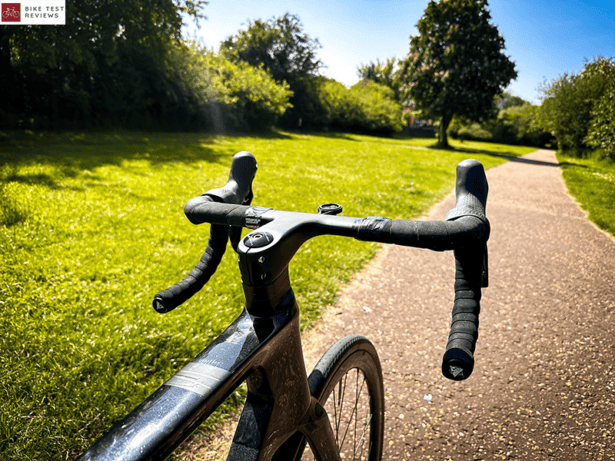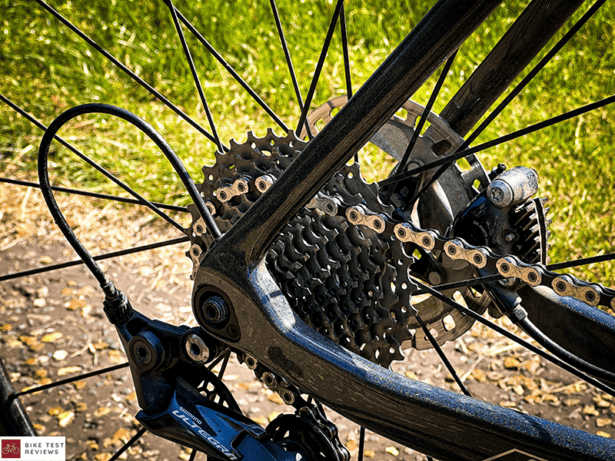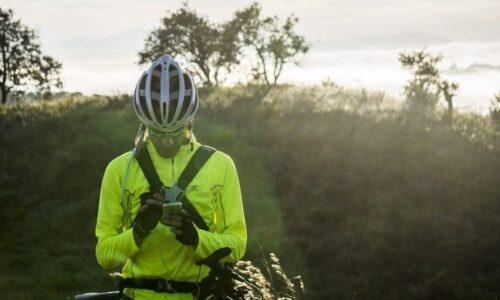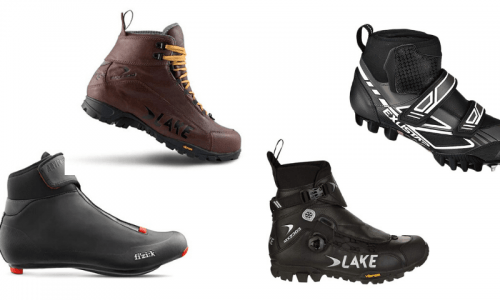Buying a second-hand bike can save you a lot of money compared to buying it new. It does come with risk, though, as you don’t know the history, nor does any form of warranty back you up. The last thing you want to end up with is a bike that requires lots of repairs.
Here at Bike Test Reviews, we are often asked about what to look out for when buying a second-hand bike. As someone who has spent years buying and selling bikes, I have learned exactly what to look for to ensure you’re not buying a problem bike.
In this article, we’re going to be telling you everything you need to know when it comes to buying a second-hand bike. Here’s our list of what to look for:
- Are You Paying A Fair Price?
- Is It Stolen?
- How Does It Ride?
- Is It The Correct Size?
- Does It Look Well Looked After?
- Are The Components Worn?
Are You Paying A Fair Price?
The first thing you need to consider is whether you are paying a good price for the bike. Search Ebay’s completed listings for the same bike with the same component level and see if your price is similar.
If you are overpaying, negotiate the price before spending time going to look at it.
If the bike you’re looking at is a mix of different parts and has been custom put together, it’s a good idea to write down each component and see the individual value to see if it’s worth the money you’re going to be spending, for example:
Frame And Forks – $150
Groupset – $100
Wheels And Tires – $100
Finishing Kit (Bars, Stem, And Seatpost) – $30
Total – $380
Bikes generally sell for more broken down, so I wouldn’t want to spend more than $300 for this custom bike to ensure my investment is protected.
Is It Stolen?
Bikes come with serial numbers so they can be identified. You will generally find this under the bottom bracket where the crank sits.
When you first look at the bike, flip it over and check if it is stolen. The place to check is websites such as Bike Index. Enter the serial number in the stolen bike search.
You are never going to want to buy a stolen bike. It’s going to get you in a lot of trouble, and we recommend that if you do come across a stolen bike, walk away and consider reporting it to the police as soon as you can.
How Does It Ride?
So now you know what you should be paying for the bike and can confirm it’s not stolen, I highly recommend riding it.
You can generally tell a lot about a bike by riding it. If a seller isn’t confident about you riding it, offer them some ID to hold while testing.
If you can take it around the block, engage all the gears, and apply some heavy power, that’s a good indication that it’s a fairly decent bike. If there’s any noise or it doesn’t work, you must investigate the problem and pay less to cover repair costs.
Is It The Correct Size?
As a bike expert, I recommend never buying a bike that isn’t the correct size for you, as it never really ends comfortably. Although a seller might list it as a medium or large, always double-check with a tape measure.
We often hear about people buying the wrong-sized bikes and the seller never even knowing.
Does It Look Well Looked After?
One thing I instantly look for when buying a bike is if it has been looked after. If I turn up to look at a bike and it’s completely filthy and covered in scratches, then for me, that’s a bad sign.
You don’t want to end up fixing a lot of issues that have come from neglect from the previous owner.
Frame And Fork Health
The frame and the fork are one of the most important parts of the bike. It’s not something that is going to be easy to replace.
Check for any cracks or damage, especially if it’s carbon fiber. If you find anything broken or that has had a home repair, I personally would avoid it.
Are The Components Worn?
Next, checking if the components are worn is a good idea. You don’t want to end up having to pay out for parts as soon as you buy a bike, and it’s a good negotiation tool if you find parts that are worn out.
Here’s what we recommend checking and how:
Chain
Pull the chain on the front chainring. If there’s about 1 mm of movement, then it’s good. Anything over 2-3 mm means it is beyond worn out.
Cassette And Chainrings
When it comes to the cassette and chainrings, you will want to inspect them visually. You will want to look at the teeth and ensure they are not sharp like a shark’s tooth. If they are, they are well past the change date.
Wheels And Tires
When it comes to the wheels and tires, you are going to want to spin the wheels to ensure they are true and check the braking surface isn’t too worn. Then check the amount of tread on the tires and for any splits or gashes that could be dangerous.
Suspension
Suppose you are buying a bike with suspension. It’s important to ask when it was last serviced. If it hasn’t been serviced, then use this to your advantage. Also, check for pitting on the forks shaft and ensure the rubber grommets haven’t perished.
Brakes
When it comes to brakes, you should check the pads have compound on them, the discs are straight and true, and they work as they should.
Making The Sale
Once you have checked all this, it’s time to make the sale. Pay the price you think is right and then go and enjoy your new bike.
Before riding, I highly recommend ensuring everything is nice and tight, such as wheels, any Allen key bolts, and your brakes are working properly.

Robbie Ferri has spent years working in a bike shop, has worked with industry leading brands on product creation, has been a semi pro athlete, and is a fully qualified strength and conditioning coach. He has broken World Records, bikepacked all over the World and raced ultra distance at a top-level.






